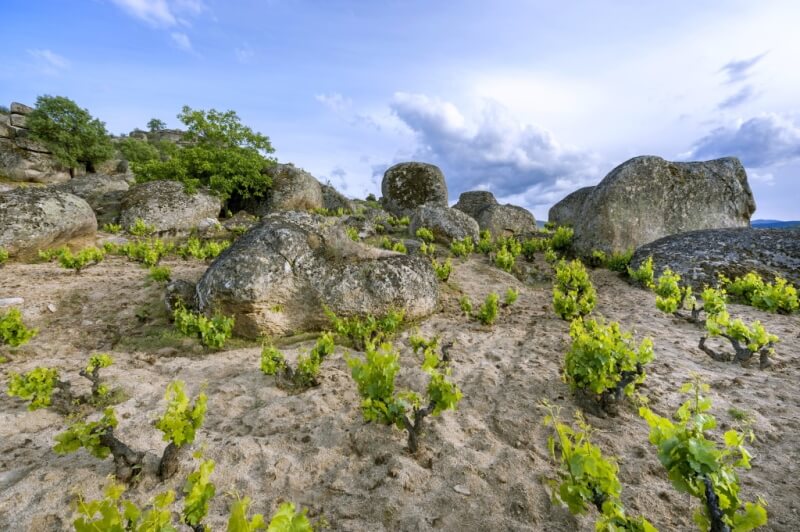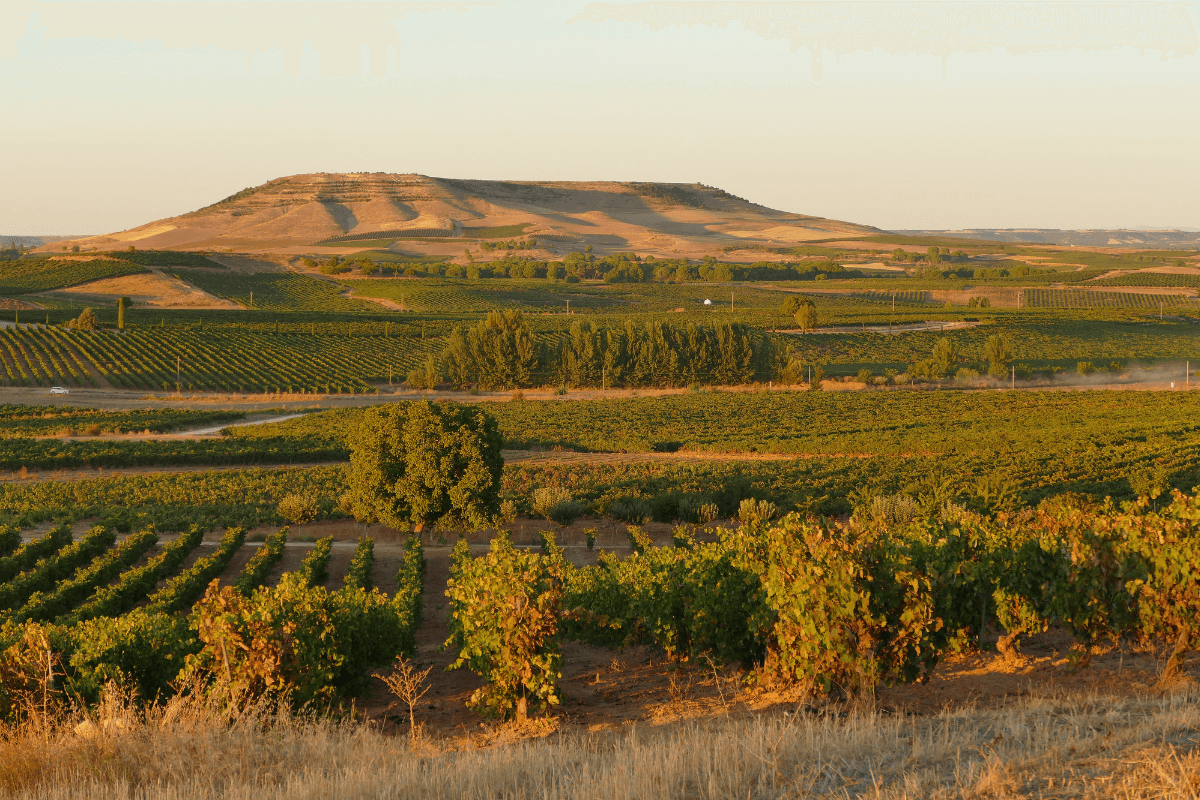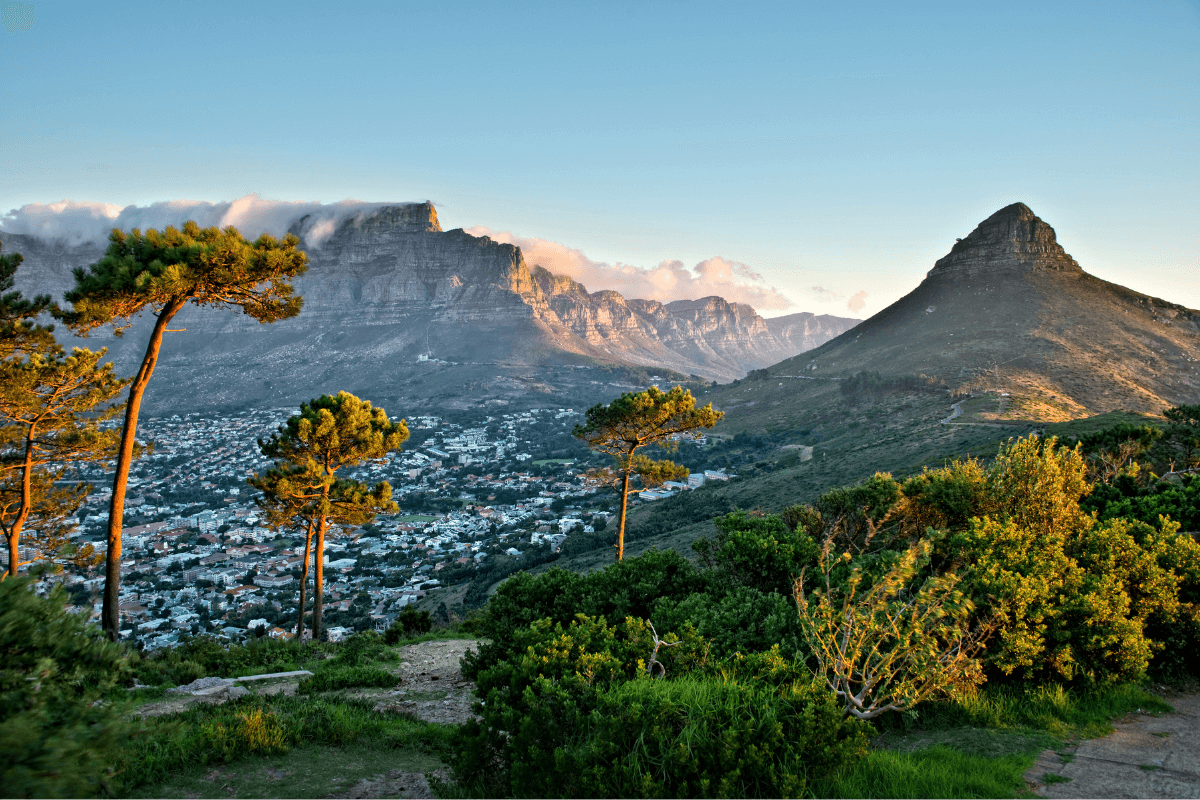Chances are you’ve been guzzling Grenache for some time in blissful (yes, that is the feeling it usually provokes…) ignorance: A Châteauneuf-du-Pape or a Côtes du Rhone maybe, perhaps a Priorat or a Provence Rosé, even an Aussie GSM?

While the world has gone mad for Malbec, crazy for Cabernet and potty for Pinot Noir, the multi-purpose mainstay of so many famous appellations and regions has gone un-noticed, under the radar, quietly waiting for its own moment in the spotlight…
30 years ago, Grenache was the most-planted red grape on the planet. By 2010 it had ceded its place to Merlot, Syrah, Cabernet Sauvignon and Tempranillo. Look at a world map of its plantings and its Mediterranean heritage is obvious. It seems to have originated in Aragon in northeast Spain, then spread across the Pyrenees into Roussillon and Languedoc, the Southern Rhône and on to Provence – and it surfaces in Sardinia as Cannonau as well.
It has a warm Mediterranean nature too: a silky texture (not too much tannin or acidity), generous red fruit with a lick of white pepper, or even floral notes in cooler spots. If you could describe a grape’s nature then Grenache is warm, friendly and approachable – and disarmingly easy to get on with in the glass. Its only tricky qualities – a tendency to high alcohol levels (one of the reasons it feels so good) and a propensity to oxidation requiring super careful use of oak.
Despite these obvious good qualities Grenache has really slumped, both in terms of consumer awareness and, until relatively recently, winemakers’ enthusiasm for it.
Part of its demise was caused by EU interventions. In the 1980s growers were encouraged (for which read subsidized) to plant Cabernet Sauvignon and Merlot in regions which historically never grew them to improve quality. Later incentives were given to grub up old vines of Carignan and Grenache in an attempt to reduce the EU wine lake. Grenache and Carignan fell foul of both initiatives – most of all in areas like the Côtes Catalanes, Roussillon and Catalunya where they now represent the pinnacle of top quality production – and attract the interest of some of the world’s best winemakers.
For many wine lovers this is a grape that hides behind some fancy appellations, but whose name seldom appears on the label. It has, if you like, been “hidden in plain sight” – in every bottle of Côtes du Rhône, Provence Rosé, Gigondas, Vacqueyras, Rasteau, Priorat, Montsant and Cannonau on our shelves. That’s a roll call of wines I’d be taking to my desert island for sure. I can’t imagine how dull life would be without them.
The rehabilitation of Grenache has been driven mostly by Spain – and it all started around 20 years ago in the Sierra de Gredos north of Madrid… then in Aragon, Navarra and Catalunya.
Young growers in search of the beautiful fruit from old vines so low yielding that most regarded them as not worth farming, snapped up small, abandoned plots and started a trend for pure expressive wines from a variety most regarded as fit only for blending.

Comando G vineyards in Madrid
This is probably not what you imagine a vineyard looks like – and in fairness, “vineyard” with its implied order, training wires etc. hardly describes this scattering of pre-phylloxera Garnacha bush vines nestling amid chunks of granite somewhere around 1000 metres altitude – you need a mule…
Telmo Rodriguez started the movement, but it’s Dani Landi and his Comando G wines that have really captured everyone’s attention 20 years on. Garnacha at this sort of altitude on granite creates wines with a perfume, elegance, concentration and finesse much more like Burgundy. Producers here categorise the wines by place – village and plot – very Burgundian as well.

Daniel Landi from Comando G and some of his wines
Now several top Rioja producers are making pure Garnacha from vines in cooler sites like Najerilla Valley (where Leza Garcia are based), the Sierra de Cantabria (where Izadi work) and Monte Yerga in the warmer Oriental region where the altitude keeps the climate fresh.
The word has spread in the New World too – especially in South Africa and Australia’s McLaren Vale – two traditionally warm climates where earlier picking and a gentle hand in the winery are producing some delicious results in that fresher style.
One of the reasons so many old Garancha vines have survived neglect is that the trunk wood is very strong and resistant to Esca and other wood disease. This and its ability to thrive in hot dry climates makes it a strong proposition at a time of climate warming…
And this is just what the red skinned version of Grenache can do…
There are 3 more different variations – a pink-skinned version (Garnacha Rosa /Grenache Gris), a white version (Grenache Blanc/Garnacha Blanca) and even a hairy-leafed one (Lledoner Pelut /Garnacha Peluda).
 Katie Jones makes her “Perle Rare” white from 90-year-old Grenache Gris vines in the Roussillon. Aged Solera fashion in old barrels, it’s a multi-vintage blend with an average age of 3 years in barrel. It’s unabashedly rich, intense, powerful and very complex.
Katie Jones makes her “Perle Rare” white from 90-year-old Grenache Gris vines in the Roussillon. Aged Solera fashion in old barrels, it’s a multi-vintage blend with an average age of 3 years in barrel. It’s unabashedly rich, intense, powerful and very complex.
White Grenache and the Gris version are the main stays of white throughout Catalunya and the Roussillon and are often as powerful as the reds.
The bizarrely-named “hairy” version is so-called after the typically soft hairy underside of its leaf which helps trap moisture and mitigate the force of the wind.
Grenache is great as a stand-alone variety able to reflect terroir in the glass and has the ability to blend seamlessly both with its sibling variations and other varieties like Carignan and Syrah. This is a range of styles that no other red grape can match.
Sure, it doesn’t do Sparkling (too much alcohol and not enough acidity) – but it does make fantastic fortified wines in Banyuls and Maury too.
So Grenache is out of the closet, (hopefully now on your radar too) and on a shelf in your local wine shop just waiting for you.
Here’s my pick of just some of the gorgeous Grenache-based wines currently gracing our shelves:
Stand alone beauties
- Viña Zorzal, Sea of Dreams Garnacha, Navarra, Spain - £16.50
- Ver Sacrum, Garnacha, Uco Valley, Argentina - £21.50
- Comando G, La Bruja de Rozas, Madrid, Spain - £24.00
- Katie Jones, La Perle Rare Blanc, France - £28.00
- Ministry of Clouds, Grenache, McLaren Vale, Australia - £29.50
- David & Nadia, Grenache, Swartland, South Africa - £30.00
- Vina Monty, Garnacha Rioja Reserva 2015, Spain - £54.50
Grenache-based blends
- Domaine Mont d'Hortes, Cuvée des 4 Saisons Rosé, France - £10.50
- Celler Comunica, Vi del Mas, Montsant, Spain - £14.50
- Katie Jones, Fitou Rouge, France - £16.00
- Paradou, Côtes de Provence Rosé, France - £17.00
- Antonella Corda, Cannonau di Sardegna, Italy - £24.00
- Les Vins de Vienne, Gigondas Les Pimpignoles, France - £24.50
- Roger Sabon, Les Olivets Châteauneuf-du-Pape, France - £32.00



